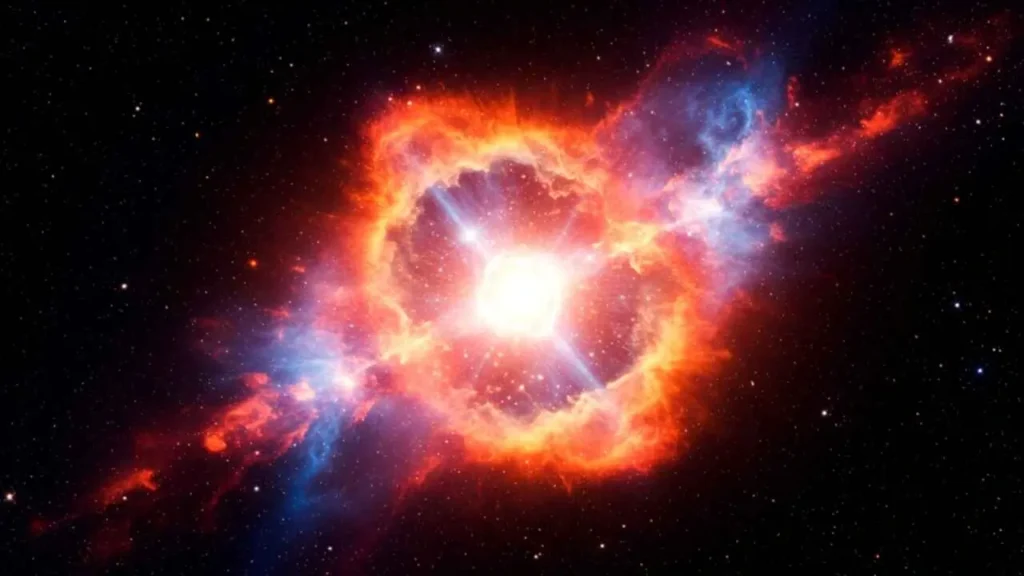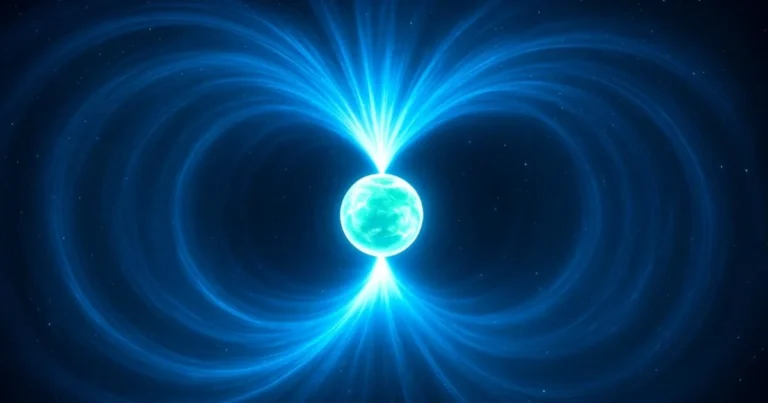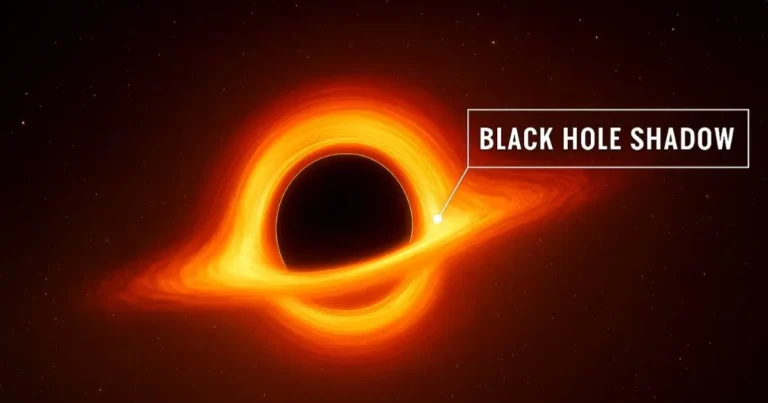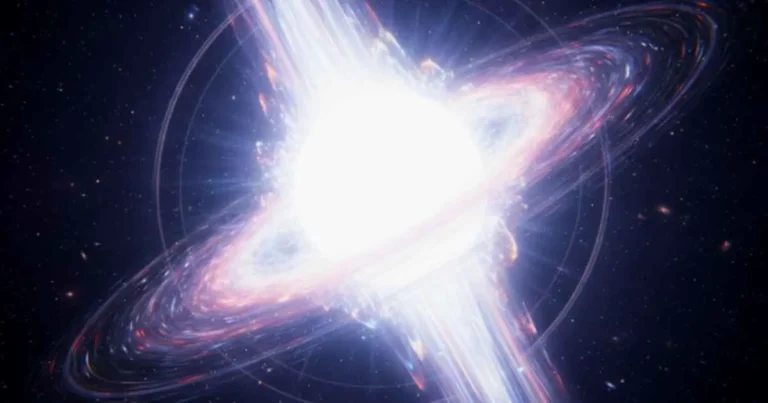Quasi-Stellar Objects: The True Stellar Illusion

Tags:
- Quasars
- Quasi-Stellar Objects
- Stellar Illusion
So here’s the thing. You look up, and there’s this tiny flicker of light. Looks like a star, right? Just one of the trillions out there. But when you zoom in—like really zoom in—it turns out that little point is not a star at all. It’s one of those fascinating Quasi-Stellar Objects, cosmic impostors that only appear to be stars, but are actually something far more powerful and distant.
It’s a Quasar, short for Quasi-Stellar Object, a spewing energy source seen from billions of light-years out. Possibly the active heart of a distant galaxy. Sometimes even entire galaxies themselves are mistaken as single points of light.
The universe has a funny way of messing with our perspective. This article? We’re diving into one of the most fascinating misidentification stories in astronomy and how it changes how we see everything around us.
What Are Quasi-Stellar Objects?
Quasi-Stellar Objects (QSOs) look like stars through small telescopes, but they’re not stars. They’re actually incredibly bright, energetic sources, powered by supermassive black holes at the centers of young galaxies.
Think of a quasar as a galaxy going through a rage phase. It’s feeding, growing, and firing out energy like a cosmic blowtorch. Light from these objects can travel across billions of light-years, so by the time it reaches us, it’s just a point. But behind that point? Chaos. Beauty. Power.
The term “quasi-stellar” literally means “star-like”, which is kind of misleading. And here’s the real kicker: many QSOs were originally catalogued as stars before we understood what we were really seeing.
How Did We Misidentify These Objects?
Let’s get real—this isn’t just about naming conventions. Misidentifying cosmic objects has huge implications. The misidentification comes down to two things: distance and resolution. Older telescopes couldn’t resolve the faint, fuzzy galaxies around quasars. So, all we saw was a point of light—just like a star.
But as spectroscopy came into play, scientists noticed something strange: the light from these objects was highly redshifted, indicating they were extremely far away. No star could be that distant and that bright.
When astronomers first found QSOs in the 1960s, they were confused. These things looked like stars but had bizarre redshifts—suggesting they were moving away at extreme speeds. That meant they weren’t local at all. They were deep in the universe, and very ancient.
This discovery flipped a switch in modern cosmology. It showed us that:
- Our instruments can lie (or at least mislead).
- Our perception is limited by distance, scale, and energy.
- And the universe is a lot more extreme than we imagined.
Honestly, it reminded us that what we think we see, might not be what’s really there.
Quasars and the Perspective Problem
Let’s not underestimate them: quasars are cosmic powerhouses. They help us map the structure of the early universe. Some are even used as cosmic lighthouses to study gravitational lensing and intergalactic gas clouds. Without them, our understanding of deep space would be… dim, to say the least.
Some quasars are so far away, we’re seeing them as they were just a few hundred million years after the Big Bang. That’s ancient history in the most literal sense.
Here’s where things get really interesting. Perspective messes with us.
You know that post where we talked about cognitive limits in astronomy? We often make assumptions about what we’re seeing based on brightness and size. But the universe doesn’t care about our assumptions.
To this day, even with more advanced equipment, we still misclassify cosmic objects, mistaking distant galaxies, quasars, or compact clusters for stars. Perspective and light distortion due to gravitational lensing only add to the confusion.
Want to dig deeper into how our minds and tools hit a wall? Then The Cognitive Limits of Human Astronomy might blow your mind a little.
The Cosmic Entities That Trick Us
It’s not just Quasars. There are multiple kinds of cosmic imposters out there:
- Lensed galaxies that appear as duplicate stars
- Brown dwarfs that sit between being a planet and a star
- Supernova remnants that mimic galaxies in early stages
What’s fascinating is how interconnected this confusion is. Like, cosmic filaments, those web-like structures that tie galaxies together, also resemble other things. When you step back far enough, they mimic brain networks. Light plays tricks. Scale plays tricks. Our instruments do, too.
If that idea excites you, Cosmic Filaments – The Universe’s Astonishing Neural Network explores it beautifully.
Quasars: Just the Tip of the Iceberg
Okay, so we’ve got these quasars, brilliant, energetic, ancient. But the thing is, they’re not alone. There are Active Galactic Nuclei (AGNs), Blazars, Radio Galaxies… all part of a broader spectrum of misidentified or misunderstood high-energy phenomena.
Here’s what we now know:
- Quasars are powered by accreting supermassive black holes.
- They can outshine entire galaxies.
- Some emit jets thousands of light-years long.
- Their energy output often triggers star formation in neighboring space.
We used to think they were rare. Now we know they were just more common in the early universe, and we’re only now catching their fading echoes.
Why Cosmic Misidentification Leads to Astronomical Discoveries
Crazy thing? Misidentifying these objects wasn’t a mistake, it was a stepping stone.
Every “wrong” assumption taught us more about how to look, how to calibrate, and how to ask better questions. It’s the same with all great discoveries. Sometimes, confusion leads to clarity.
And maybe, just maybe, there are other things out there we’re still seeing wrong, objects so advanced or alien in nature that they don’t fit our existing categories.
Speaking of which, there’s a whole rabbit hole we explored in Unlocking the Secrets of Alien Astroengineering in 2025. What if some of what we misidentify isn’t natural at all?
Quasars, Galaxies, or Stars? What Are We Really Seeing Out There?
When you see a single point of light—faint, unmoving, ancient—you’re not just seeing a star. You could be seeing:
- The bright heart of a galaxy
- A jet of matter moving at near light-speed
- A reflection from gravitational lensing
- Or maybe, something we haven’t defined yet
The universe isn’t just big—it’s sneaky. And sometimes, our tools, our perspective, and our very biology can’t keep up.
That’s where the real magic lies. In those moments where we go, “Wait… that’s not what I thought it was.”
Final Thought: How Quasi-Stellar Objects Reveal the Universe’s Illusions
To wrap it up—quasi-stellar objects are a powerful reminder of one thing: don’t trust first impressions in space. The universe often hides its truths behind scale, light, and distance.
Next time you look up and spot a bright dot in the sky, remember this: you might be looking at something unimaginably distant. A monster black hole. A billion suns packed into one glowing point. Or something we haven’t even named yet.
But the more we zoom in, re-evaluate, and question what we think we know—the more incredible the revelations become. At Stellar Illusion, we live for those surprises.
Comments
Please log in to leave a comment.
Related Posts

Magnetar: The Universe’s Most Extreme Magnetic Monster
Magnetars are ultra-magnetic neutron stars, cosmic beasts that emit bursts of radiation so powerful they can shake entire galaxies. Learn how they form, what makes them unique, and why their mystery continues to fascinate astronomers.

What Is a Black Hole Shadow? The Ultimate Glimpse into the Abyss
If you could stare into the heart of a galaxy, past the light, past the stars, and into pure darkness, what would you actually see? When astronomers talk about the black hole shadow, they’re referring to one of the most mind-bending sights in the universe, the silhouette of the unseeable, the faint outline of where […]

White Holes: The Universe’s Reverse Gear
If we were to rank the theories that have changed human history forever, the General Theory of Relativity would be at the top. The results it reveals are beyond human understanding. They show that the cosmos is filled with perplexing phenomena, some of which are purely hypothetical yet mathematically elegant. One such phenomenon is the […]